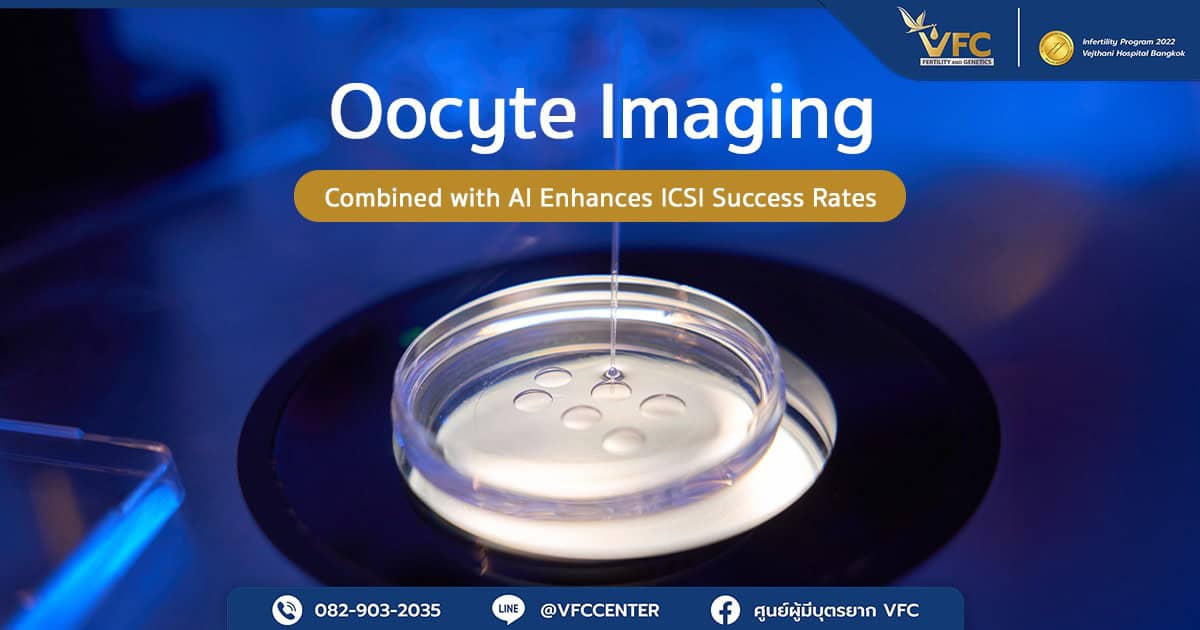iDAScore: AI Embryo Selection for Higher ICSI Success
iDAScore is an AI-powered embryo grading system that helps fertility specialists select embryos with the highest potential for successful implantation and pregnancy. By analysing continuous time-lapse images from an Embryoscope, iDAScore evaluates key developmental factors such as cell division timing, morphology, and cellular movement, then assigns an objective embryo grading score. This data-driven approach reduces subjectivity in embryo selection, enhances embryoscope benefits, and supports higher success rates in IVF and...
Choosing PGT-A, PGT-M, or PGT-SR to Elevate IVF/ICSI Outcomes
PGT-A, PGT-M, and PGT-SR are advanced preimplantation genetic testing methods that help improve IVF/ICSI success by selecting embryos with the lowest risk of chromosomal or genetic abnormalities. While PGT-A focuses on chromosome number, PGT-M targets specific inherited diseases, and PGT-SR screens for structural chromosomal rearrangements. Choosing the right test based on medical history, age, and genetic risk allows couples to reduce miscarriage risk, improve implantation rates, and increase the chance...
FSHR: The Key to Personalized Infertility Treatment
Infertility affects many couples today, and when it comes to treatment, one of the most commonly discussed steps is ovarian stimulation to retrieve mature eggs for IVF. However, even when patients undergo the same stimulation protocol, their ovarian response can vary considerably. This variability is influenced by multiple factors, including age, ovarian reserve, and hormonal status. In addition, genetic variation—particularly in the FSH receptor (FSHR) gene—has been shown to affect...
ICSI Success with Spindle Visualization & Egg Quality
Spindle visualization technology helps detect the meiotic spindle with a microscope to assess egg quality and increase chances of fertilization during ICSI...
Sleep Deprivation Reduces Sperm Production and Fertility
Sleep deprivation affects male sex hormones and sperm quality, leading to infertility risks. Learn how sleep and nutrition can restore reproductive health....
Oncofertility: Egg Freezing Before Chemotherapy
Learn about oncofertility and how egg freezing before chemotherapy helps preserve fertility for women undergoing cancer treatment....
Reduce Pregnancy Risks with Genetic Carrier Screening
Ease your worries about genetic diseases with genetic carrier screening, an essential step in pregnancy planning for a safe and confident pregnancy....
Elevates ICSI Success Rates with AI-Combined Oocyte Imaging
Oocyte Imaging combined with AI uses advanced microscopes and AI to assess egg structure without damaging cells, enhancing ICSI success rates....
Repeated Failed IUI: Is Pregnancy Still Possible?
Repeated failed IUI does not mean pregnancy is impossible. Many couples can still conceive by identifying the root causes behind unsuccessful cycles and applying a clear IUI success strategy. Common reasons include sperm quality issues, ovulation problems, thin or unreceptive uterine lining, and incorrect timing of insemination. By reassessing the full IUI treatment procedure, improving ovulation tracking, optimising egg and sperm quality, and adjusting stimulation protocols, the chance of successful...
Understanding Lower Abdominal Pain During Ovulation
Lower abdominal pain during ovulation (also known as ovulation pain or Mittelschmerz) is usually a normal sign that the ovary is releasing an egg. It happens when the follicle ruptures and releases fluid and prostaglandins that irritate surrounding tissues, causing short-term pain on one side of the lower abdomen. In most cases, this pain does not reduce fertility and may even help identify the fertile window. However, frequent, severe, or...














